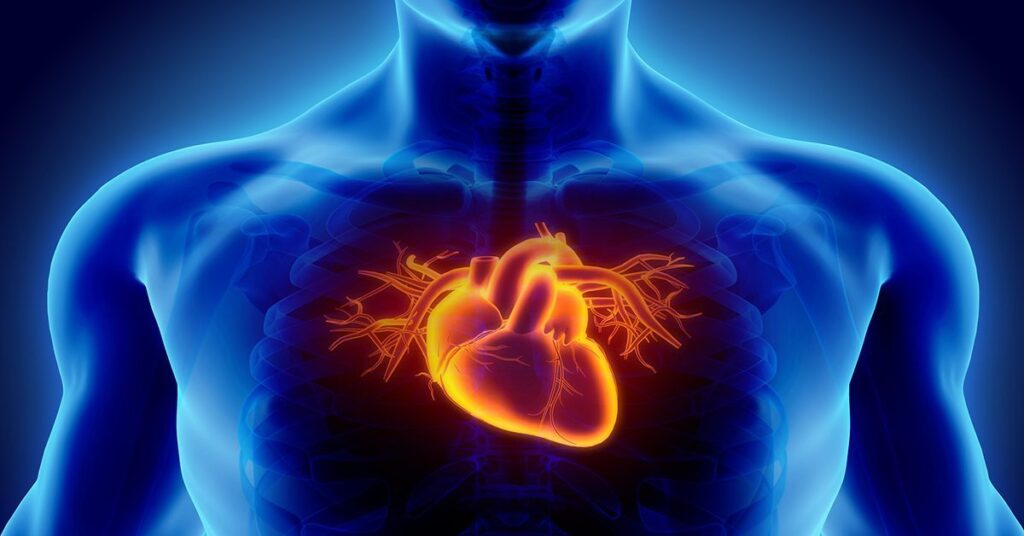Do you know which season cardiovascular diseases often occur in?

Many people might instinctively say winter. However, summer is also a season that puts a strain on the heart.
A study published in the journal “Environment and Health” showed that for every 1℃ increase in the maximum temperature, there is a 17.3% increase in the number of patients with cardiovascular diseases admitted to the emergency room. This is because high temperatures and humidity can cause blood vessels to dilate, increase heart rate, and sudden temperature changes when entering or leaving air-conditioned rooms can further burden the heart.
If you suddenly feel your heart pounding on a hot day, you should be on high alert because it could be a symptom of atrial fibrillation.
Compared to the well-known “coronary heart disease” and “myocardial infarction,” atrial fibrillation may be unfamiliar to many people. However, it is actually quite close to our lives. On average, 1 in every 130 individuals has atrial fibrillation, and the total number of affected individuals is currently estimated to be around 10 million, with this number continuing to rise.
So, what is atrial fibrillation? Atrial fibrillation is one of the most common types of arrhythmias and can be understood as “uncontrolled heartbeat.” During atrial fibrillation, the heart rate can reach 100 to 160 beats per minute, and the rhythm becomes irregular. Symptoms such as palpitations, dizziness, and shortness of breath may also be present.
In the past, atrial fibrillation was considered a disease of the elderly because it was usually caused by aging of the atria. However, in recent years, the affected population has been getting younger. Unhealthy habits such as smoking, excessive drinking, staying up late, and consuming high-calorie foods are increasingly burdening the hearts of young people and triggering the early onset of atrial fibrillation. In addition, patients with conditions such as hypertension, hyperglycemia, sleep apnea syndrome, cardiomyopathy, coronary artery disease, and hyperuricemia are also at high risk for atrial fibrillation.
Although atrial fibrillation does not cause immediate life-threatening harm, it can easily lead to various complications. For example, the risk of stroke increases by 5 times, the risk of heart failure increases by 3 times, and the risk of cognitive decline increases by 2 times. Maintaining a balanced diet, engaging in moderate exercise, maintaining a positive mindset, and avoiding smoking and alcohol are effective methods to reduce the risk of atrial fibrillation. If you experience rapid heartbeat and chest tightness or shortness of breath, it is recommended to promptly visit a hospital for examination and actively cooperate with treatment. Health should never be taken lightly, and atrial fibrillation requires attention.